Xeloda(capecitabine)
Capecitabine, Ecansya, Xeloda (capecitabine) is a small molecule pharmaceutical. Capecitabine was first approved as Xeloda on 1998-04-30. It is used to treat breast neoplasms and colorectal neoplasms in the USA. It has been approved in Europe to treat breast neoplasms, colonic neoplasms, colorectal neoplasms, and stomach neoplasms. The pharmaceutical is active against thymidylate synthase.
Download report
Favorite
Events Timeline
Commercial
Clinical
Drug
Target
Variants
Financial
Trends
Safety
Events Timeline
5D
1M
3M
6M
YTD
1Y
2Y
5Y
Max
Events
FDA approval date
EMA approval date
Patent expiration date
Study first post date
Last update post date
Start date
Primary completion date
Completion date
Results first post date

Mock data
Subscribe for the real data
Subscribe for the real data
Commercial
Therapeutic Areas
Trade Name
FDA
EMA
Capecitabine, Xeloda (discontinued: Capecitabine)
Drug Products
FDA
EMA
New Drug Application (NDA)
New Drug Application (NDA)
Abbreviated New Drug Application (ANDA)
Abbreviated New Drug Application (ANDA)
Capecitabine
Tradename | Company | Number | Date | Products |
|---|---|---|---|---|
| XELODA | CHEPLAPHARM Arzneimittel | N-020896 RX | 1998-04-30 | 2 products, RLD, RS |
Labels
FDA
EMA
Brand Name | Status | Last Update |
|---|---|---|
| capecitabine | ANDA | 2025-12-18 |
| capecitabine 150mg | ANDA | 2020-12-22 |
| capecitabine 500mg | ANDA | 2020-12-26 |
| capecitabine tablets, 150 mg capecitabine tablets, 500 mg | Export only | 2019-04-21 |
| xeloda | New Drug Application | 2025-10-13 |
Indications
FDA
EMA
Indication | Ontology | MeSH | ICD-10 |
|---|---|---|---|
| colorectal neoplasms | — | D015179 | — |
| breast neoplasms | EFO_0003869 | D001943 | C50 |
Agency Specific
FDA
EMA
No data
Patent Expiration
No data
Clinical
Clinical Trials
2590 clinical trials
View more details
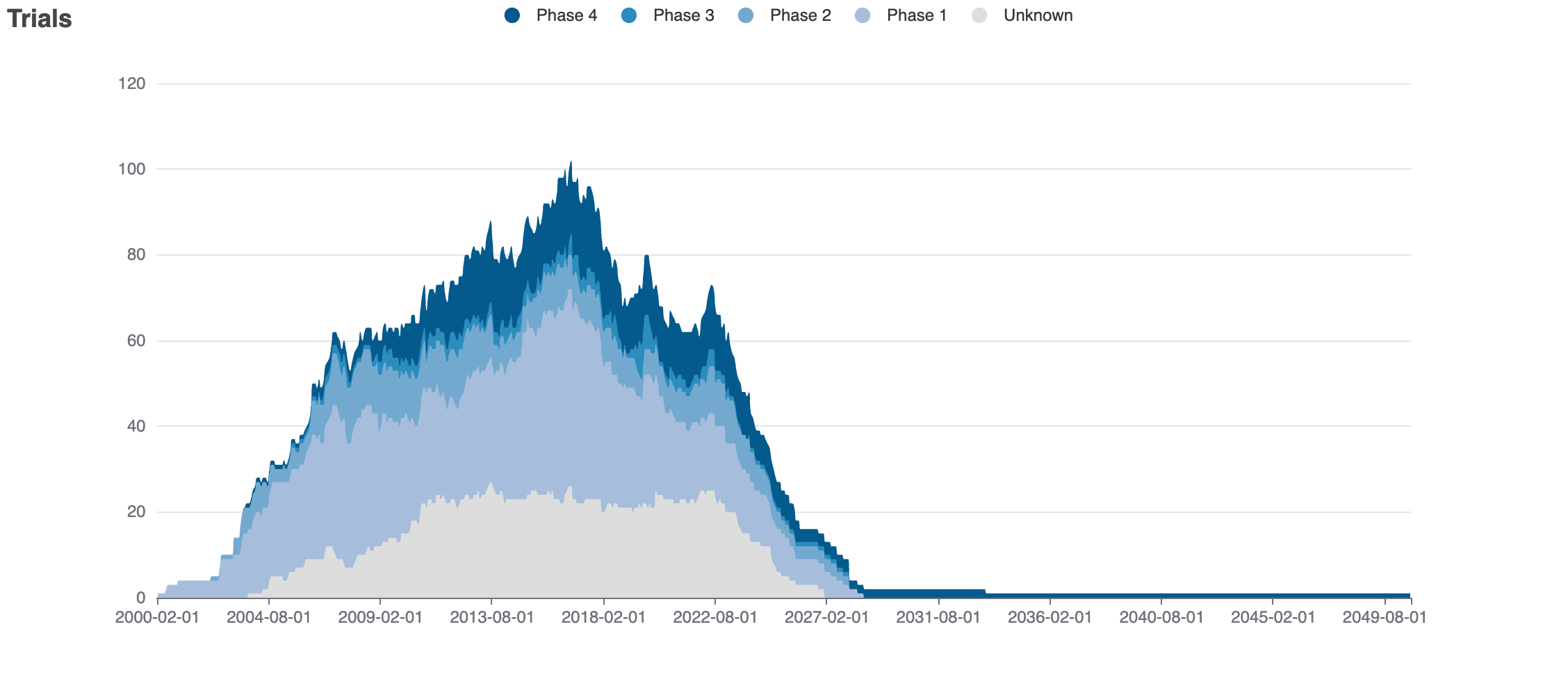
Mock data
Subscribe for the real data
Subscribe for the real data
Indications Phases 4
No data
Indications Phases 3
Indication | MeSH | Ontology | ICD-10 | Ph 1 | Ph 2 | Ph 3 | Ph 4 | Other | Total |
|---|---|---|---|---|---|---|---|---|---|
| Breast neoplasms | D001943 | EFO_0003869 | C50 | — | — | 1 | — | — | 1 |
Indications Phases 2
No data
Indications Phases 1
No data
Indications Without Phase
No data
Epidemiology
Epidemiological information for investigational and approved indications
View more details
Drug
General
| Drug common name | Capecitabine |
| INN | capecitabine |
| Description | Capecitabine is a carbamate ester that is cytidine in which the hydrogen at position 5 is replaced by fluorine and in which the amino group attached to position 4 is converted into its N-(penyloxy)carbonyl derivative. Capecitabine is a antineoplastic agent used in the treatment of cancers. It has a role as an antineoplastic agent, a prodrug and an antimetabolite. It is a carbamate ester, an organofluorine compound and a member of cytidines. |
| Classification | Small molecule |
| Drug class | nucleoside antiviral or antineoplastic agents, cytarabine or azarabine derivatives |
| Image (chem structure or protein) |  |
| Structure (InChI/SMILES or Protein Sequence) | CCCCCOC(=O)Nc1nc(=O)n([C@@H]2O[C@H](C)[C@@H](O)[C@H]2O)cc1F |
Identifiers
| PDB | — |
| CAS-ID | 154361-50-9 |
| RxCUI | — |
| ChEMBL ID | CHEMBL1773 |
| ChEBI ID | 31348 |
| PubChem CID | 60953 |
| DrugBank | DB01101 |
| UNII ID | 6804DJ8Z9U (ChemIDplus, GSRS) |
Target
Variants
No data
Financial
Revenue by drug
$
€
£
₣
Xeloda – Roche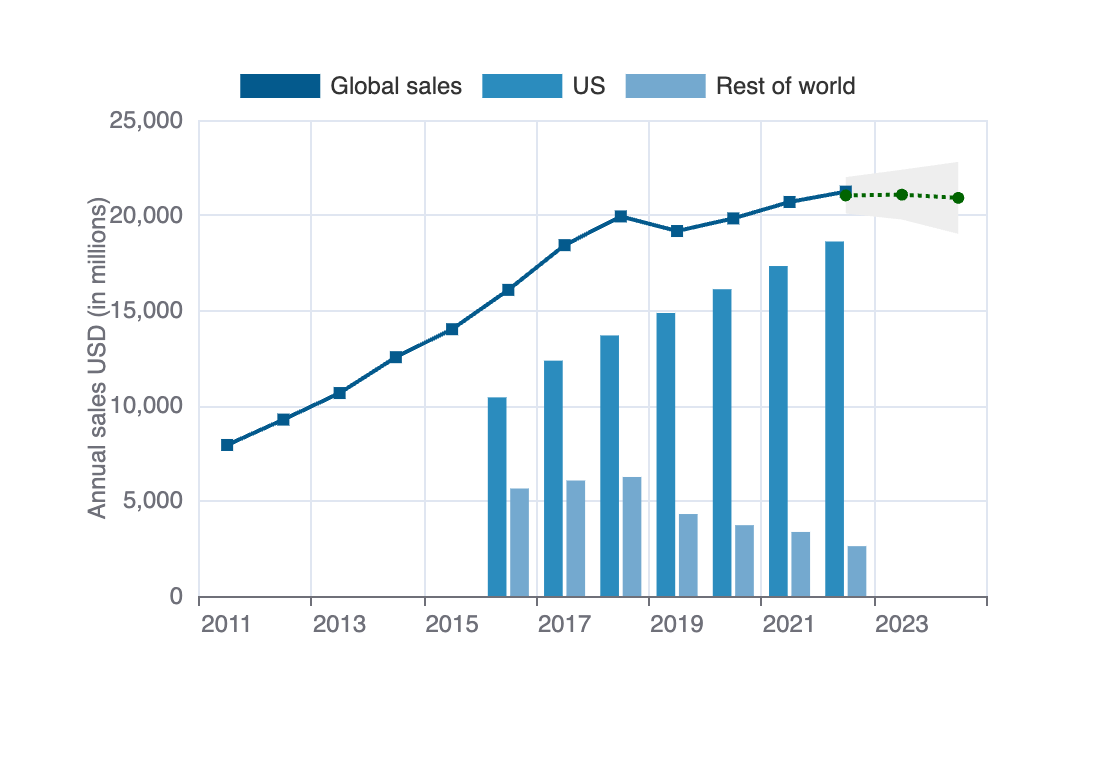


Mock data
Subscribe for the real data
Subscribe for the real data

Mock data
Subscribe for the real data
Subscribe for the real data
Tabular view
Estimated US medical usage
Capecitabine
Total medical expenditures per year (USD, in millions)

Mock data
Subscribe for the real data
Subscribe for the real data
Number of persons purchased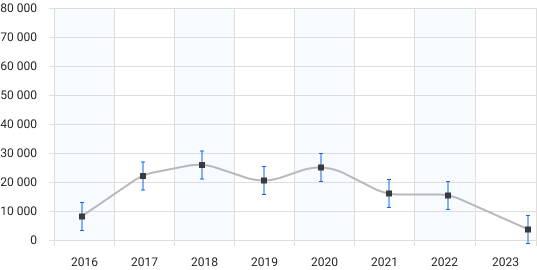

Mock data
Subscribe for the real data
Subscribe for the real data
Number of purchases

Mock data
Subscribe for the real data
Subscribe for the real data
Refill frequency

Mock data
Subscribe for the real data
Subscribe for the real data
Price per prescription (USD)

Mock data
Subscribe for the real data
Subscribe for the real data
Tabular view
Trends
PubMed Central
Top Terms for Disease or Syndrome:
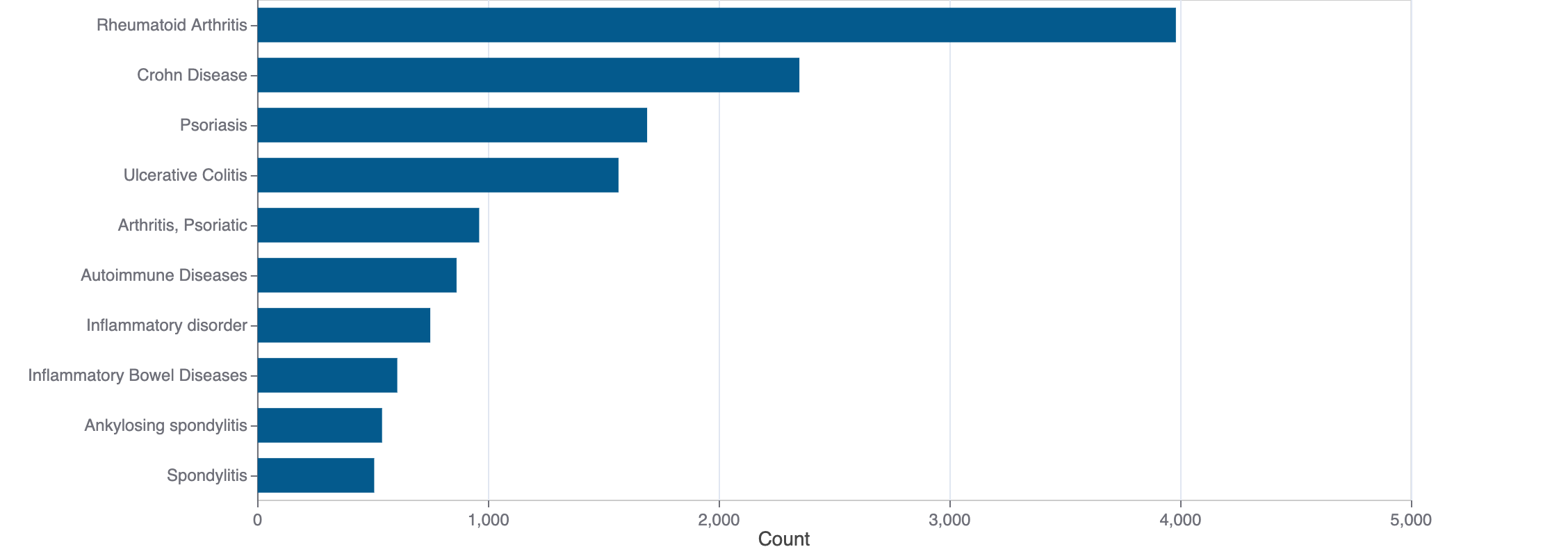
Mock data
Subscribe for the real data
Subscribe for the real data
Additional graphs summarizing 44,865 documents
View more details
Safety
Black-box Warning
Black-box warning for: Capecitabine, Capecitabine 150mg, Capecitabine 500mg, Xeloda
Adverse Events
Top Adverse Reactions
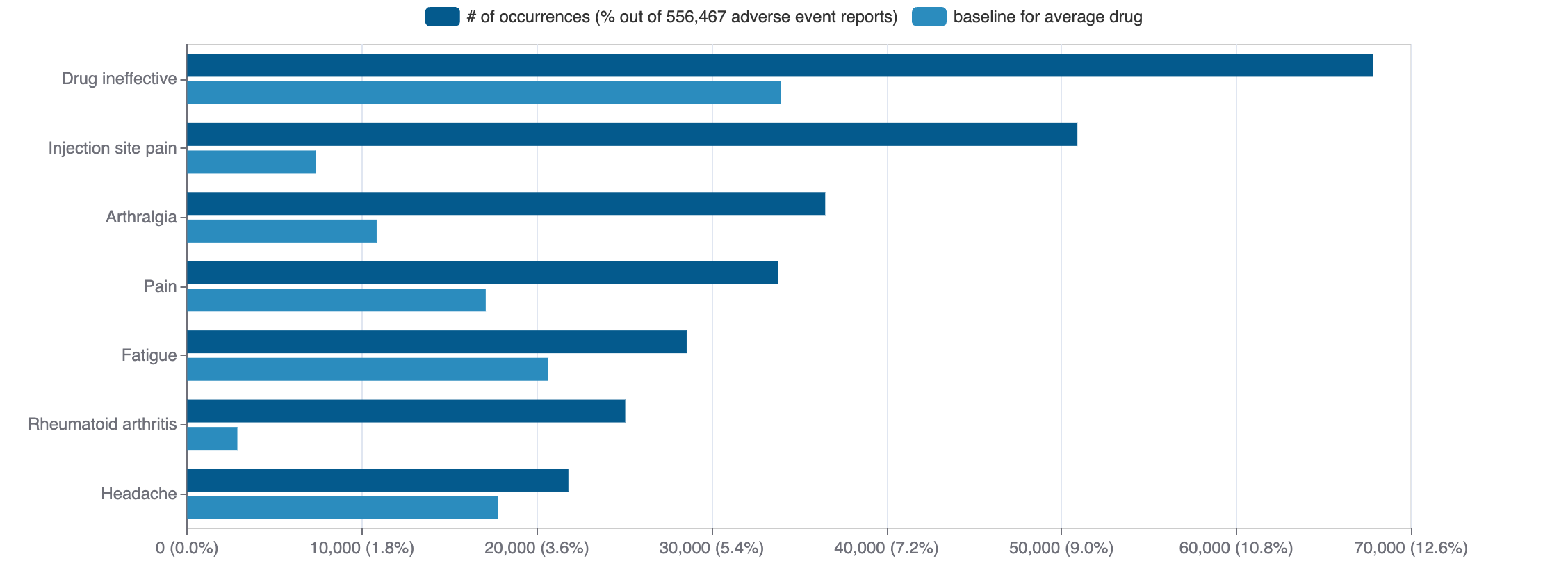
Mock data
Subscribe for the real data
Subscribe for the real data
93,895 adverse events reported
View more details
© 2020-2025 Collaborative Drug Discovery Inc. (CDD) | Terms of Use